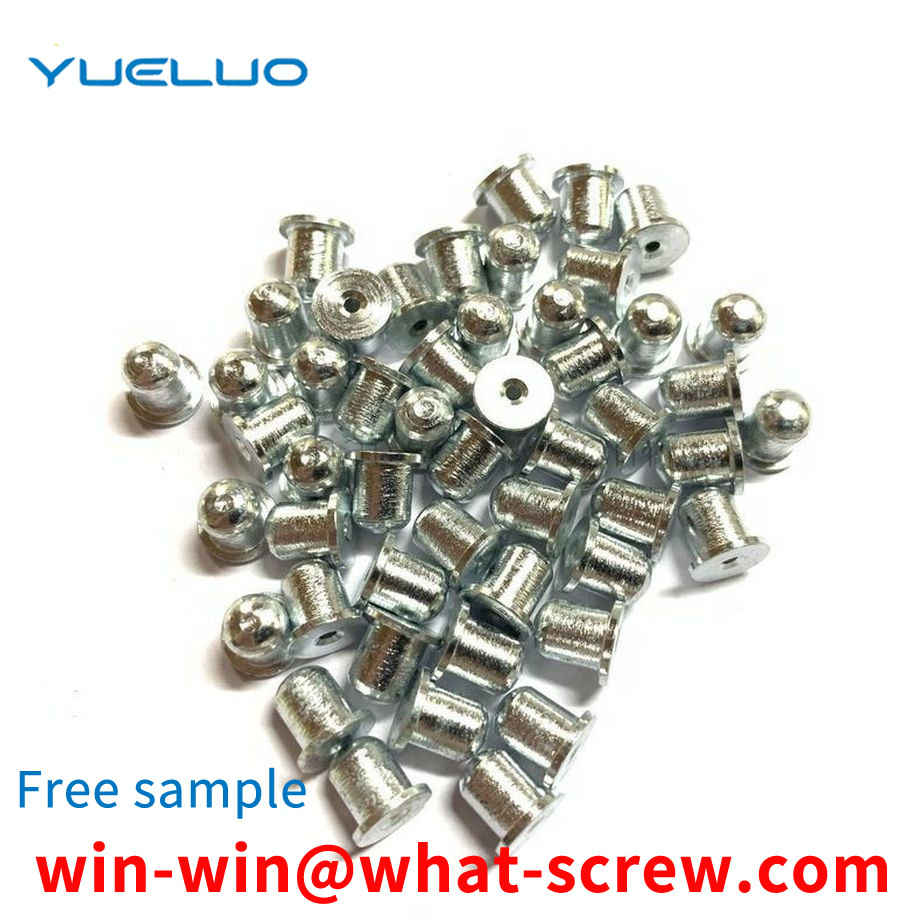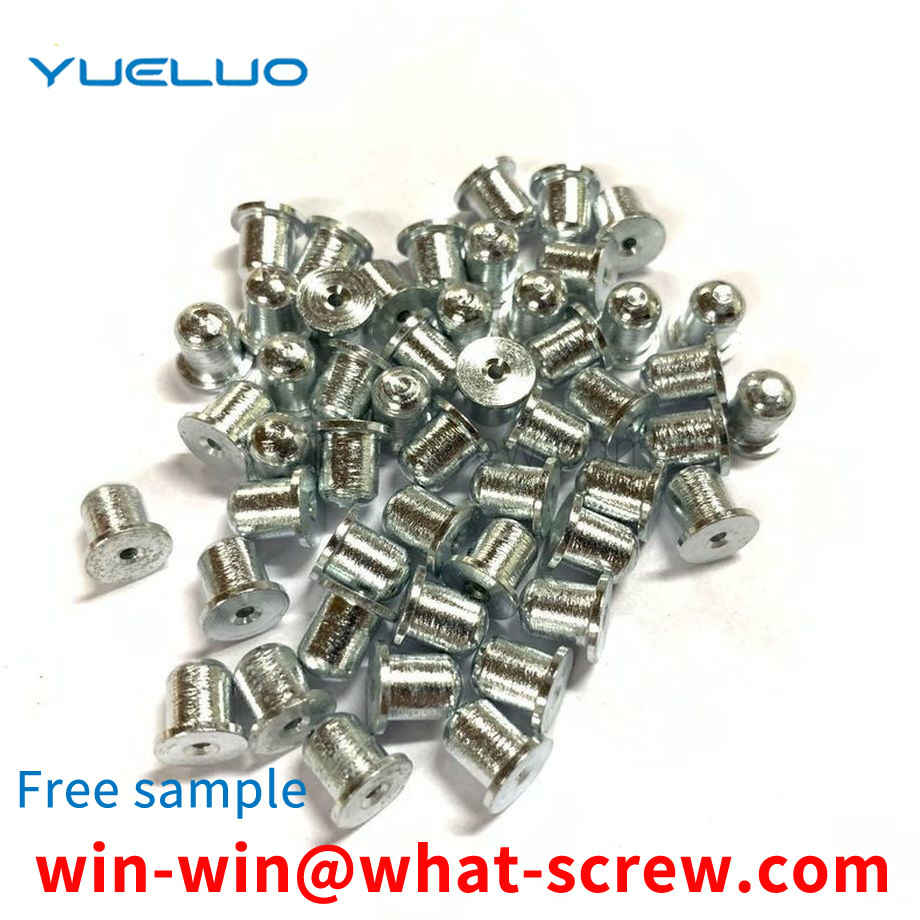In order to solve the problem of nut loosening, various self-locking nuts have appeared, which have complex structure, high production cost, inconvenient installation and unsatisfactory anti-loosening effect. At present, the never-loosening nuts produced in Japan are mostly used, mainly in the form of double nuts. Each nut is provided with an eccentric cam protrusion, and each nut is provided with a groove and an inclined plane to squeeze the cam protrusion of each nut. When pressing, the cam protrusion of the nut will move to a small radius along the slope of the nut, so that the nut will not loosen, but whether it is a nut or a nut, it is always under the action of eccentric force. In addition, various non-loose nuts designed by many manufacturers are to increase the friction between the nut and the fastening workpiece or increase the barb to achieve the purpose of never loosening, but the effect is not ideal.
At present, shaft retaining rings are mainly divided into three categories: elastic retaining rings for shafts, flattened wire retaining rings for shafts, and wire retaining rings for shafts. Among them, the spring retaining ring for the shaft is generally installed with circlip pliers, and the flattening wire retaining ring for the shaft and the wire retaining ring for the shaft are generally installed with a sharp screwdriver or needle-nose pliers. The defects and deficiencies of these two methods will be discussed in detail below: First, the above two installation methods require the operator to use a large force to open the retaining ring, which is more laborious; For the installation of the flattened steel wire retaining ring for the shaft and the steel wire retaining ring for the shaft, because the wire retaining ring has low elasticity and has no force point, it is very easy to cause the retaining ring to break or the installation tool to slip during the installation process. Higher skills and experience can be competent for the installation of wire retaining rings.
The nuts in the prior art are easy to fall off during work, especially in harsh environments or environments with large vibrations. Sometimes it is necessary to add parts such as gaskets to prevent them from falling off, but they are still easy to fall off and cause harm.
In real life, rivet nuts are used. With different specifications and different uses, many people are familiar with this tool but don't know how to use it properly. In fact, rivet nut tools have manual and transmission, and now are rarely used for manual. If you choose to use electric rivet nuts in order to improve production efficiency, which of the two is more widely used? The following describes the use of electric rivet nuts and manual nuts. How to use the manual rivet nut tool: Insert the rivet nut into the drilled installation hole with a rivet mother tool to fix the rivet nut. (1) Screw the rivet nut onto the rivet nut tool 2) Use the rivet nut tool to insert the rivet nut into the drilled mounting hole. (3) Tighten the nut, and press the handles on both sides of the rivet nut tool to the direction of the middle round rod. You can only press it hard. Therefore, this pressure must be in place. It is forbidden to repeatedly squeeze the handles on both sides to damage the nut. Fastening thread in the form of inside. (4) The rivet nut tool is separated from the rivet nut: just loosen the ball head in the picture, and the tool will be separated from the nut after completely loosening.
Stainless steel screws do not necessarily corrode and rust, but that stainless steel screws have a stronger ability to withstand corrosion and rust than iron screws. But stainless steel screws can still rust under certain circumstances. So under what conditions are stainless steel screws prone to rust! What is the cause of rust? Stainless steel screws have better characteristics, strong corrosion resistance, high temperature resistance, and strong rust resistance. But it will rust in harsh environments. For example, stainless steel screws are exposed to the sun and the wind every day under very humid conditions. Over time, it will definitely rust a little. For example, in contact with some acid-base chemicals to cause chemical reactions. cause corrosion and rust. There are also bad stainless steel screws, such as stainless steel SUS201 screws used in seawater. Due to long-term immersion, SUS201 stainless steel screws themselves are not suitable for use in salty seawater. cause corrosion and rust. For the use of marine products, it is generally recommended to use stainless steel SUS316 screws, because 316 stainless steel screws have better performance such as corrosion resistance. From the above, it can be concluded that stainless steel screws will still corrode and rust under certain circumstances. Therefore, this requires the rational use of stainless steel screws. Use stainless steel screws of different materials in different situations. And in different occasions, when using stainless steel screws, special attention is also required, and some details need to be considered more. Try to control the corrosion and rust of stainless steel screws as much as possible.
We have many years of experience in the production and sales of screws, nuts, flat washers, etc. The main products are: stainless steel DIN912 screws, all-tooth socket head cap screws, round bolts, iron plated color zinc bolts and other products, we can provide you with suitable products for you. Fastener Solutions.



















 Service Hotline
Service Hotline




